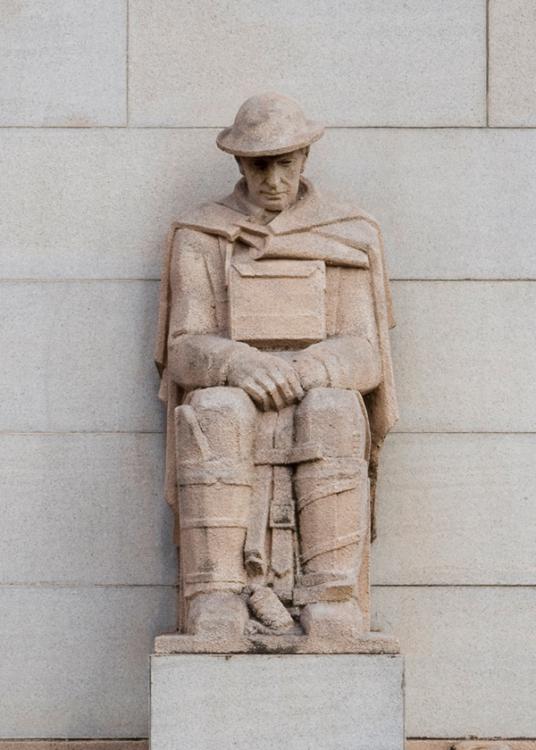The field artillery driver is equipped to ride a horse team into battle on the Western Front
Most of the field artillery pieces on the Western Front were towed into action by a horse team. The driver is ready to mount the lead horse of a team harnessed to an ammunition limber. On his left leg he wears a standard leather legging, while on his right he wears one that is reinforced with a narrow steel shield to protect his leg from being crushed by the central spar of the limber. He is holding a bridle for his horse. Accurate artillery fire was essential to the success of any attack during the Great War. Men and horses took extraordinary risks to get their guns into action where the infantry needed them most.
Explore driver, field artillery 3D model
